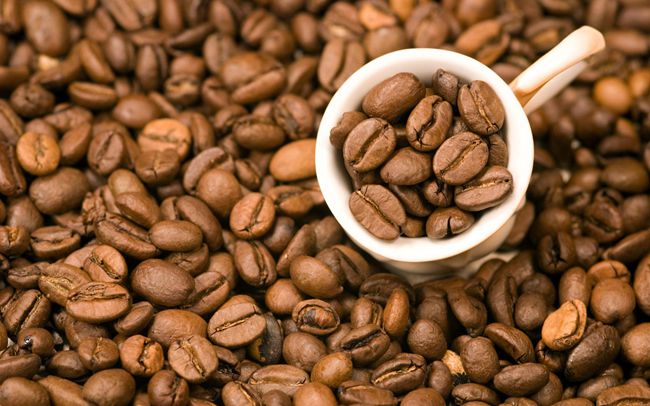Since late May, there has been a steady stream of news about Brazil's severe drought. As one of the "breadbaskets of the world", the drought in Brazil has attracted global attention. Is the price of coffee going up again? How's your tropical fruit? Our correspondent in Brazil explains the causes and consequences of the drought in Brazil.
Brazil suffered its worst drought in 91 years on May 28, and five state governments issued an emergency drought alert for the third quarter.
On May 29th energy shortages drove up prices, pushing up Brazil's consumer-price index to more than 8% in June from a year earlier.
Water levels on the upper Parana River are so low on June 2 that a key waterway connecting Brazil's largest city, Sao Paulo, is threatened with closure in July.
On June 9, analysts further cut Brazil's corn production forecast, coffee, sugar, orange production slumped.

Brazil is the world's largest supplier of sugar, coffee, soybeans, oranges, and is among the top three producers of corn, tobacco, many beans and tropical fruits. Analysts say Brazilian coffee production has been on the decline in recent years, and the average price of Starbucks coffee in the United States has risen 17 percent from four years ago. Depending on how things are this year, maybe Starbucks will raise prices again.
The five states affected by the drought are concentrated in Brazil's southeast and central and western regions, along the Parana River basin. It is the heart of Brazil's agriculture and hydropower production, and the country's most populous region. Brazil's national weather agency said La Nina, which causes unusually cold sea surface temperatures in eastern Brazil and affects normal rainfall, was the most direct cause of the drought.
But many researchers also point to increasing deforestation in the Amazon. Known as the "lung of the earth", the Amazon Rainforest plays a very important role in the climate and hydrological regulation of the entire South American continent. The Portuguese term Rios Voadores (" flying rivers ") refers specifically to the transpiration of water in the Amazon rainforest, which then flows through the atmosphere to form rain in other parts of South America. Weather data from more than a decade ago show that the loss of forest cover has led to drier, less rainy conditions and more frequent forest fires throughout the Amazon rainforest region, which has also weakened the rainforest's ability to regulate the surrounding climate.
It is still the rainy season in many parts of Brazil, but even so, water supplies in the Parana basin are already stretched. Many reservoirs in the basin hold less than 50 percent of their normal capacity, and some upstream reservoirs are only 10 percent full, almost dry. After July, the region will enter the dry season, water shortage pressure can be imagined.

Of course, the Brazilian government has taken a number of measures to try to mitigate the impact of the water crisis. Droughts have been frequent and getting worse across Brazil over the past decade, and in recent years the government and local media have stepped up efforts to promote water conservation, especially in the heavily populated southeastern coastal cities.
The impact of Brazil's drought is far more complex than pushing up agricultural prices at home and abroad. It has a direct impact on the country's energy supply, monetary policy, logistics and even the country's international image.

